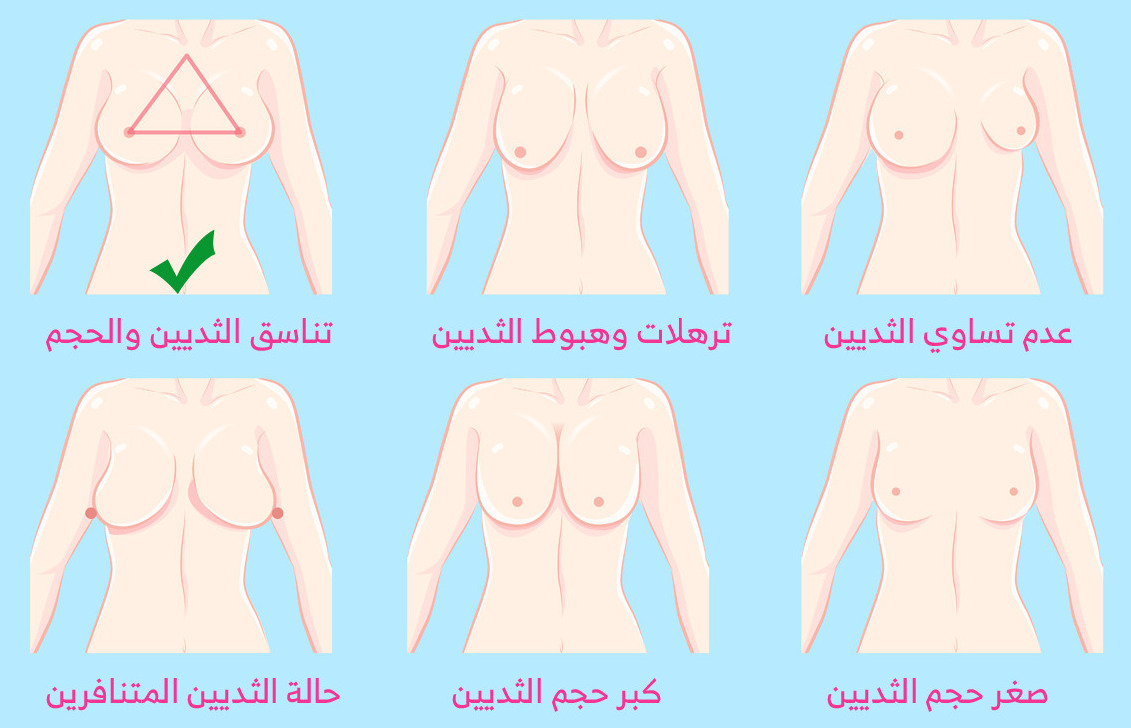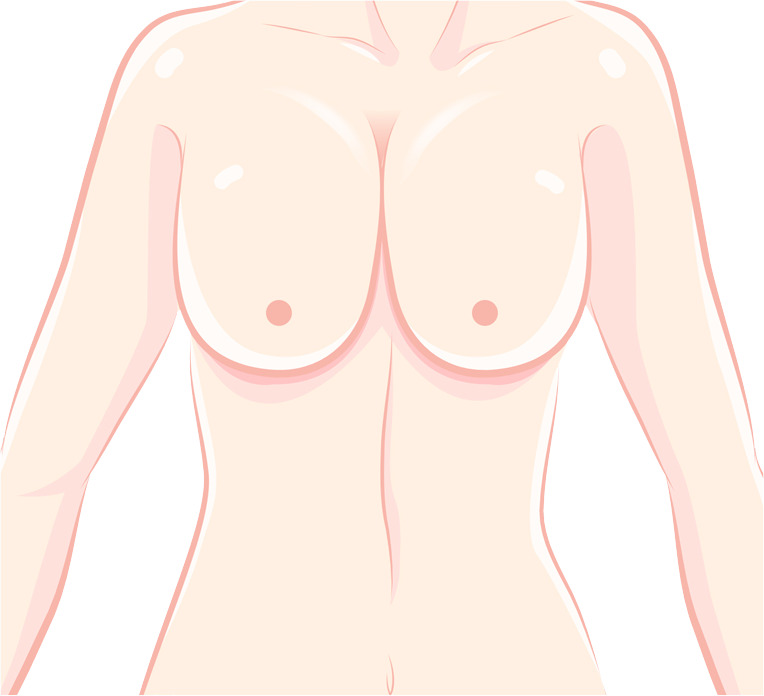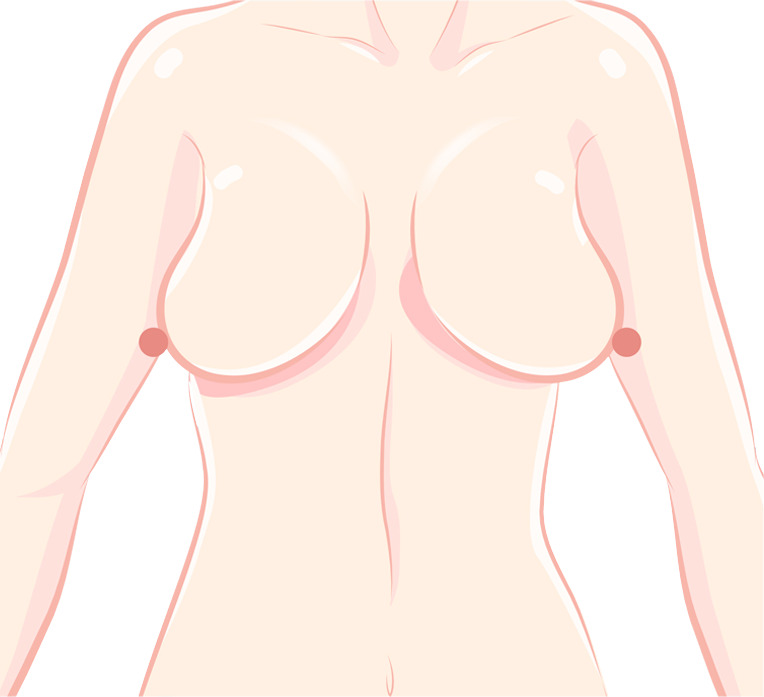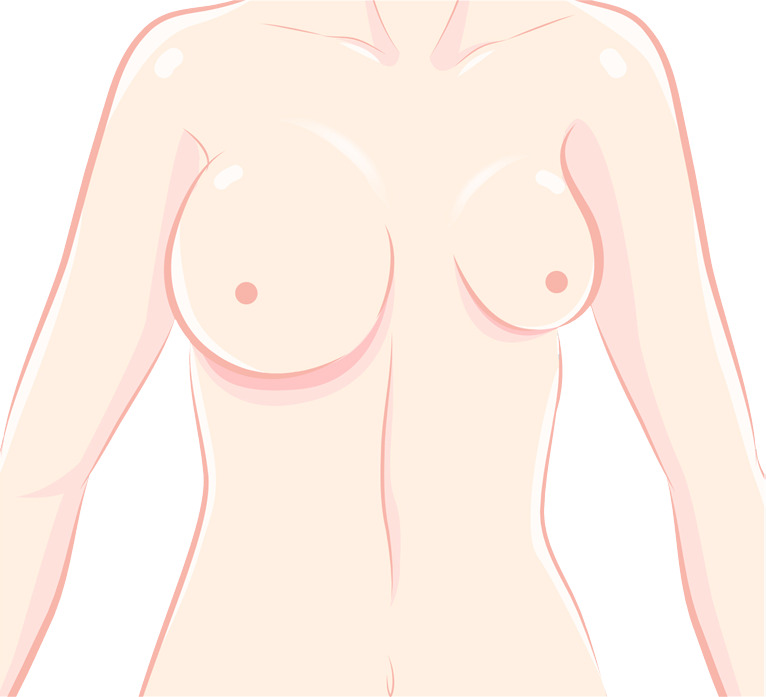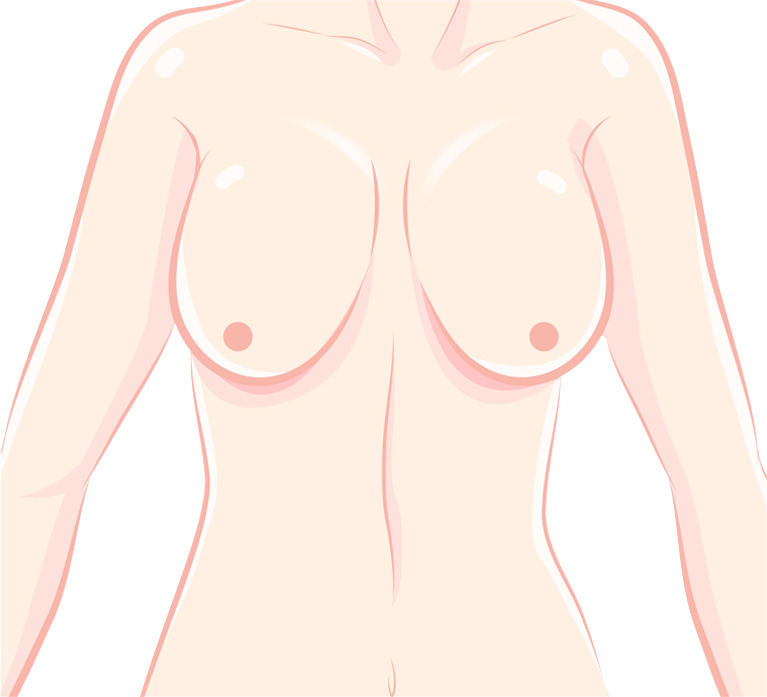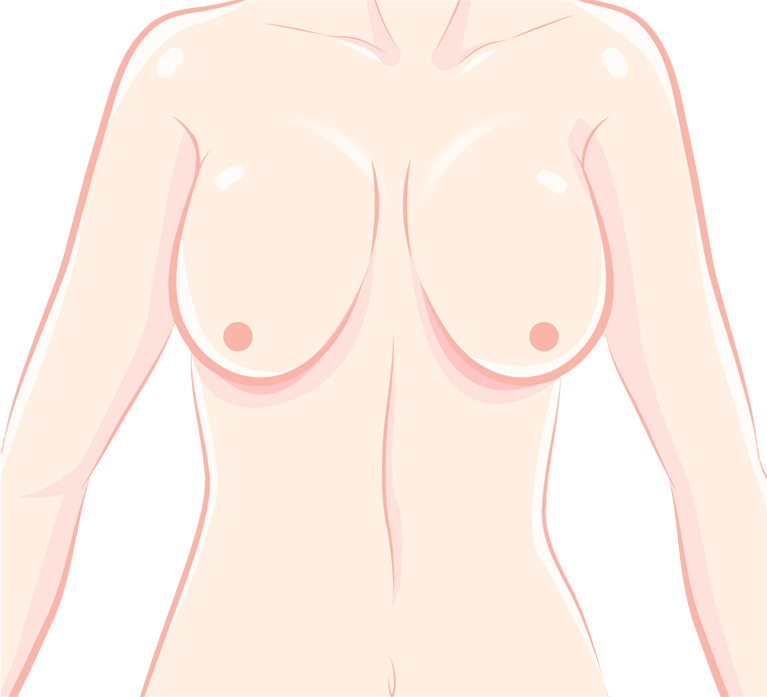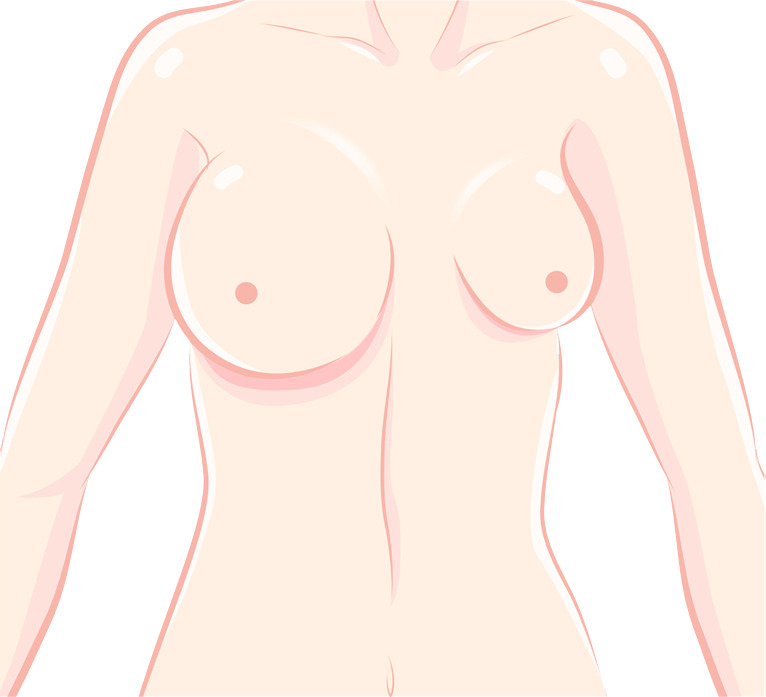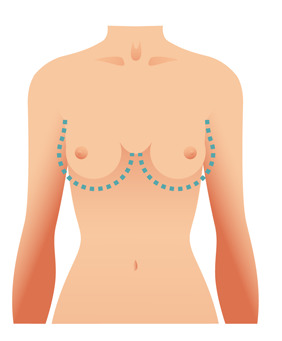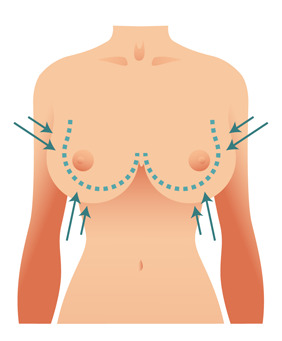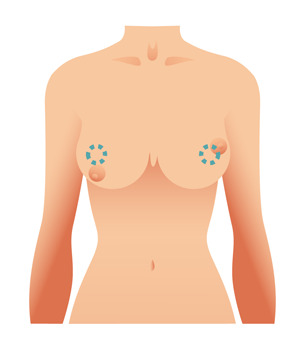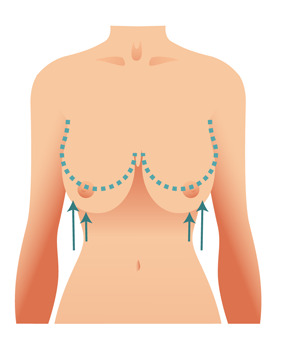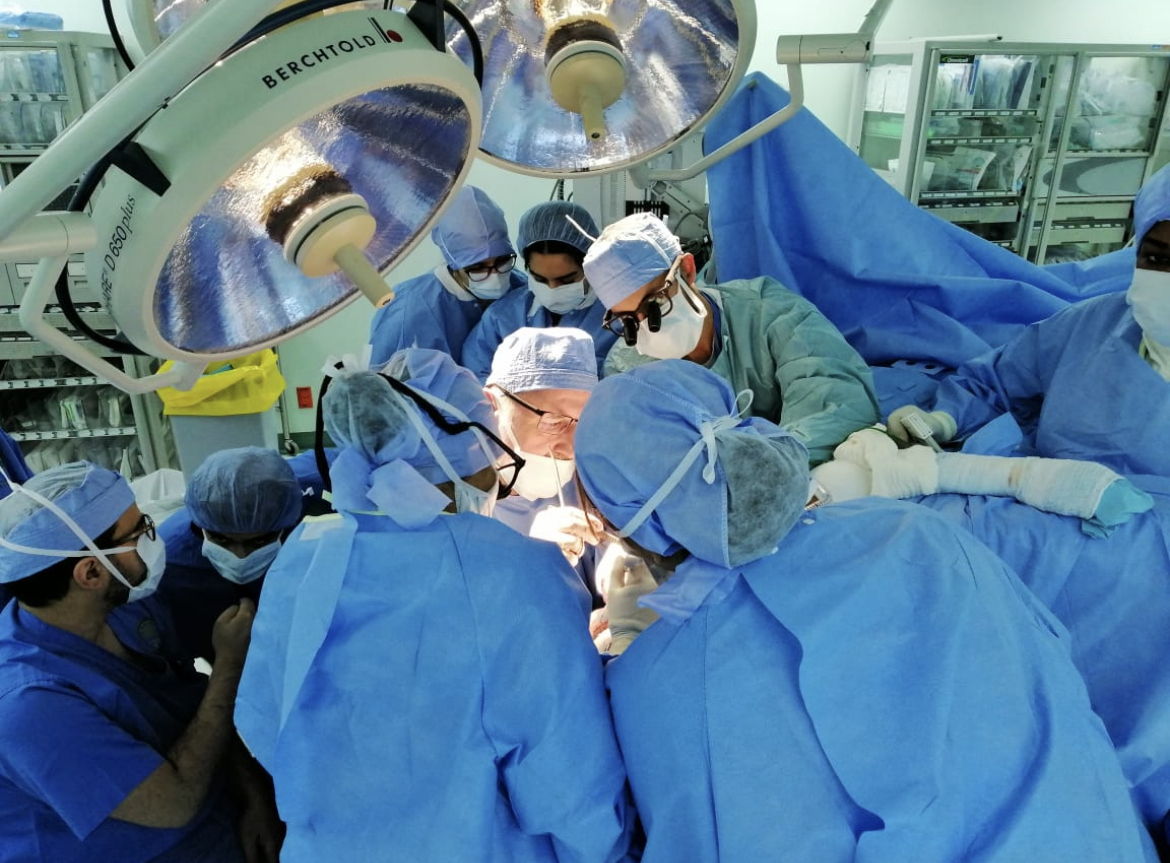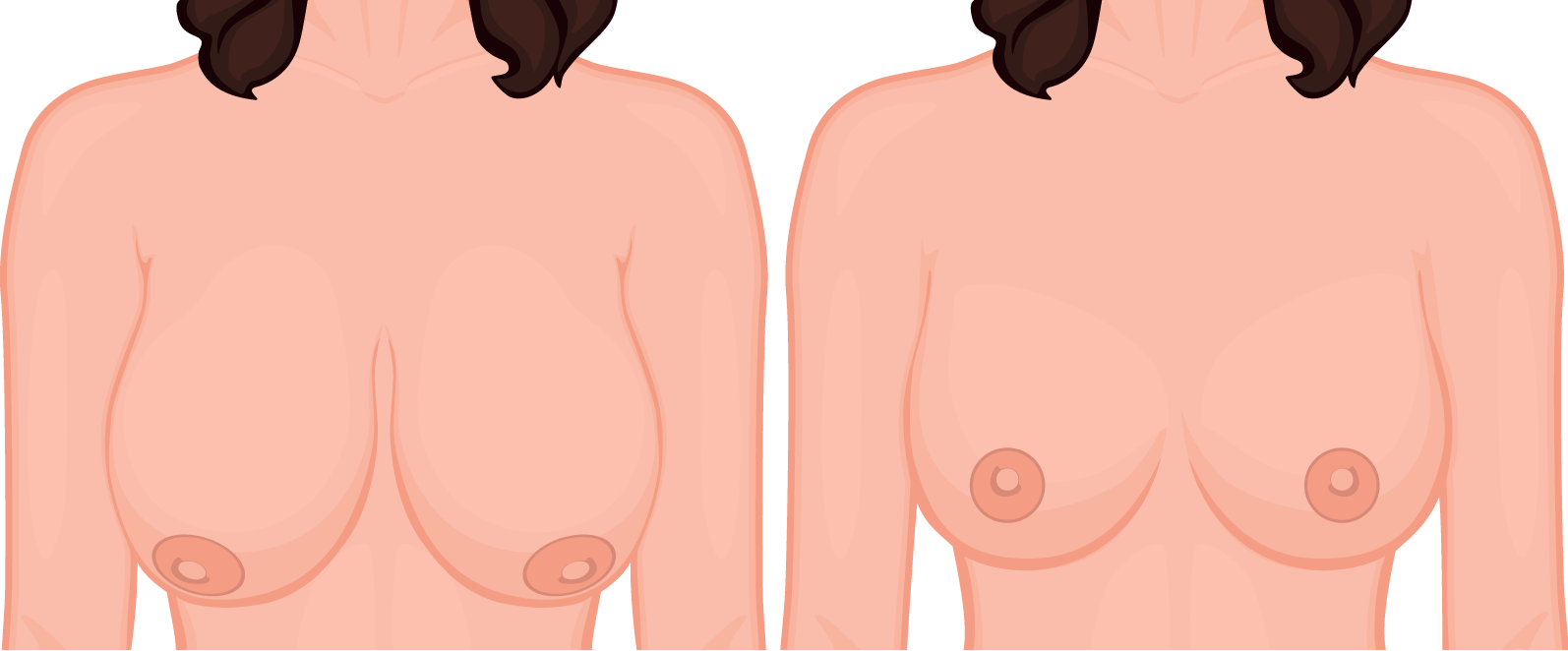
Breast Reduction
What is breast reduction surgery?
Breast reduction surgery entails the removal of skin and tissue from the breast, followed by reshaping and elevating to create a smaller, more proportionate bust size.
Many women struggle with the decision to have a breast reduction, but afterwards consider it one of the best decisions they ever made for themselves.
Women pursue this surgery for various reasons, but all with the goal of enhancing their overall quality of life:
Improved confidence and self-expression
Many women say that after a breast reduction they are more confident in themselves and more comfortable in their own bodies.
Easier to shop
Women often report that finding clothes that fit them becomes much easier and they can shop at almost any store they want.
Back feels better
Women almost always report that having smaller breasts significantly reduces back pain and gives them newfound energy throughout the day.
Bras don’t hurt
By removing weight from their breasts nearly all women experience a significant reduction in bra strap pain.
Exercise with ease
Women frustrated with the pain and discomfort of having overly large breasts can finally exercise in the way they want.
Skin feels better
For women with very large breasts, skin irritation under the breasts is common; this is significantly reduced after a breast reduction.
Easier to breathe
Women find it easier to breathe with smaller, more proportionate breasts.
What are the steps of a breast reduction procedure?
Breast reduction involves making incisions on the breast skin to remove the excess breast tissue and skin. This surgery can also reduce the dark skin around the nipple called the areola.
The technique used to reduce the size of your breasts will be determined by your individual anatomy, breast composition, amount of reduction desired, your personal preferences and the surgeon’s advice.
In some cases, excess fat may be removed through liposuction in conjunction with the excision techniques described below.
Step 1 – Anesthesia
Medications are administered for your comfort during the surgical procedure. The choices include intravenous sedation and general anesthesia. Your doctor will recommend the best choice for you.
Step 2 – The incision
Incision options include:
Lollipop Incision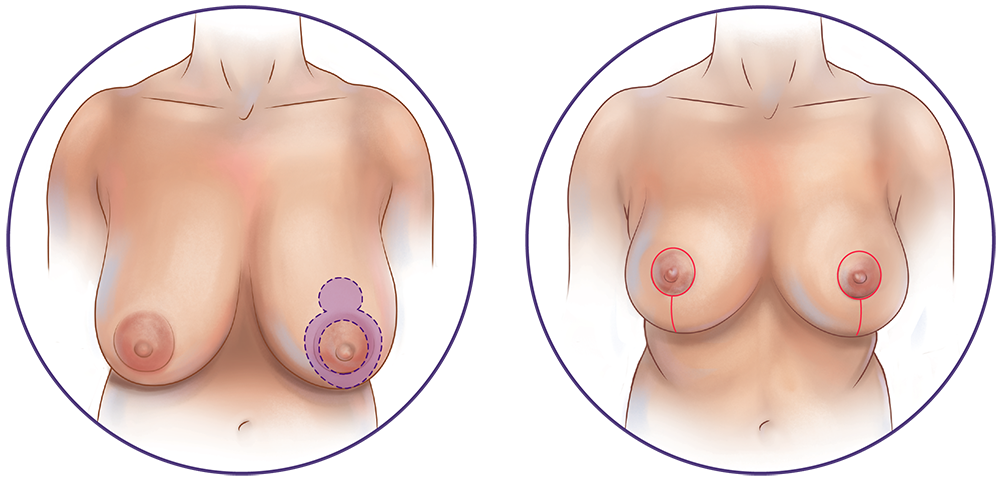
Keyhole Incision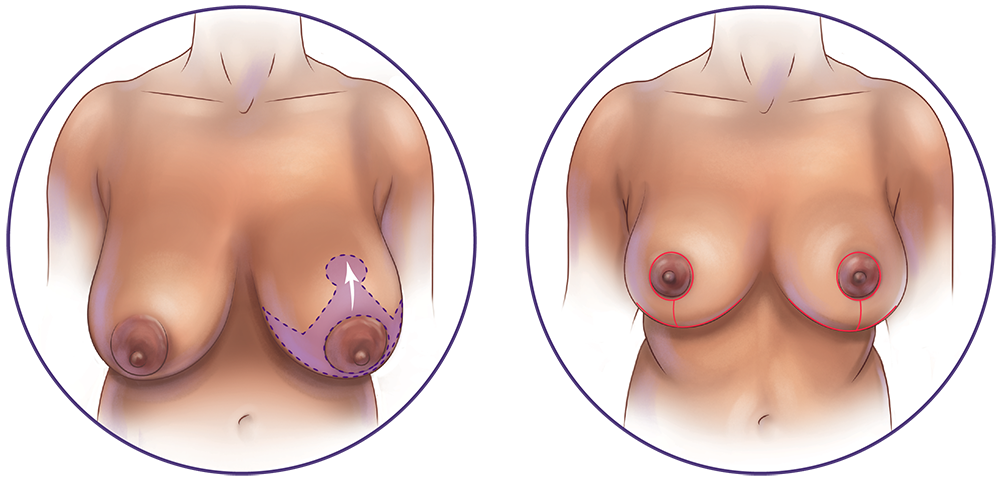
Step 3 – Removing tissue and repositioning
After the incision is made, the nipple – which remains tethered to its original blood and nerve supply – is then repositioned. If necessary the areola diameter is reduced by removing skin around the perimeter. Underlying breast tissue is reduced and the remaining breast tissue is lifted and shaped.
With extremely large breasts, the nipple and areola may need to be removed completely and then repositioned to a higher position on the breast (this is called a free nipple graft). In this case, the nipple and areola will not have sensation after the operation and it will take longer to heal.
Step 4 – Closing the incisions
The incisions are brought together to reshape the now smaller breast. Sutures are layered deep within the breast tissue to create and support the newly shaped breasts. Sutures, skin adhesives and/or surgical tape close the skin. Incision lines are permanent, but in most cases they will fade over time.
Recovery and Results
Typically, breast reduction procedures are performed in an outpatient center and you should be able to go home the same day. Swelling and discoloration after the procedure are normal and will subside over time. If surgical drains are present, they, along with any bandages will likely be removed after a day or two. External sutures are removed after one to two weeks, and you may be instructed to wear the compression garment, avoid sleeping on your stomach, and avoid excessive exertion or heavy lifting for a month or more. You may be prescribed medication to manage your pain for the first few days and as needed. Scarring along the lower centers and creases of the breasts is normal, but your scars will fade considerably over time. Patients typically experience high satisfaction with reduced back, shoulder, and neck pain, an improved ability to participate in physical activities, and a new appearance with smaller, shapelier breasts.
Is breast reduction right for me?
You may be considering reduction mammoplasty if you wish to change your appearance or if you have large breasts that are causing or contributing to:
- Neck strain
- Headaches
- Shoulder pain
- Low back pain
- Chronic skin infections under the breast fold

